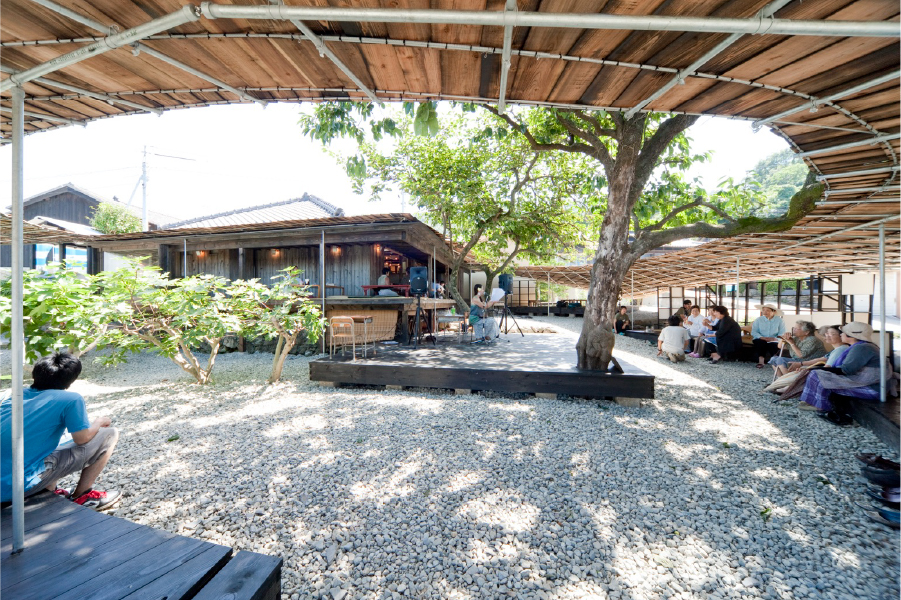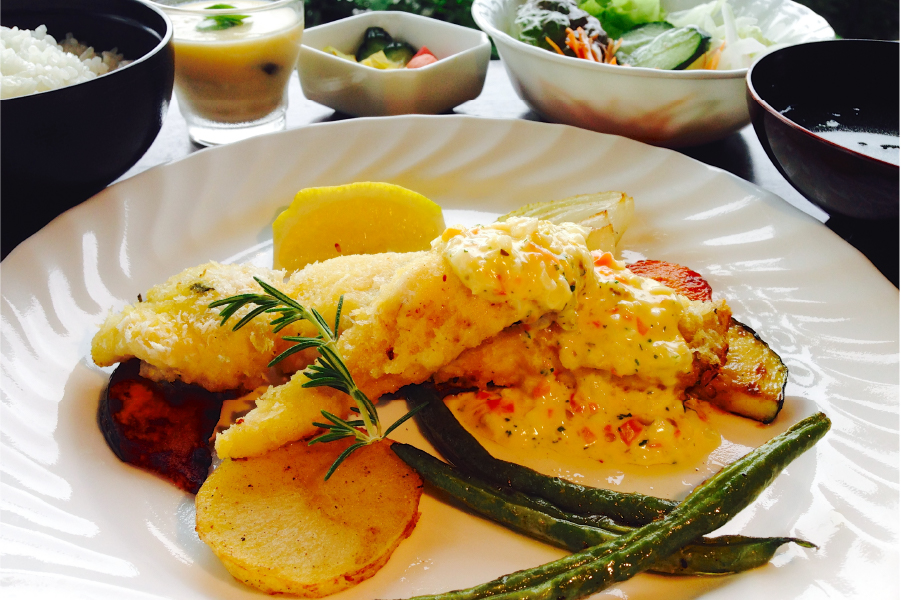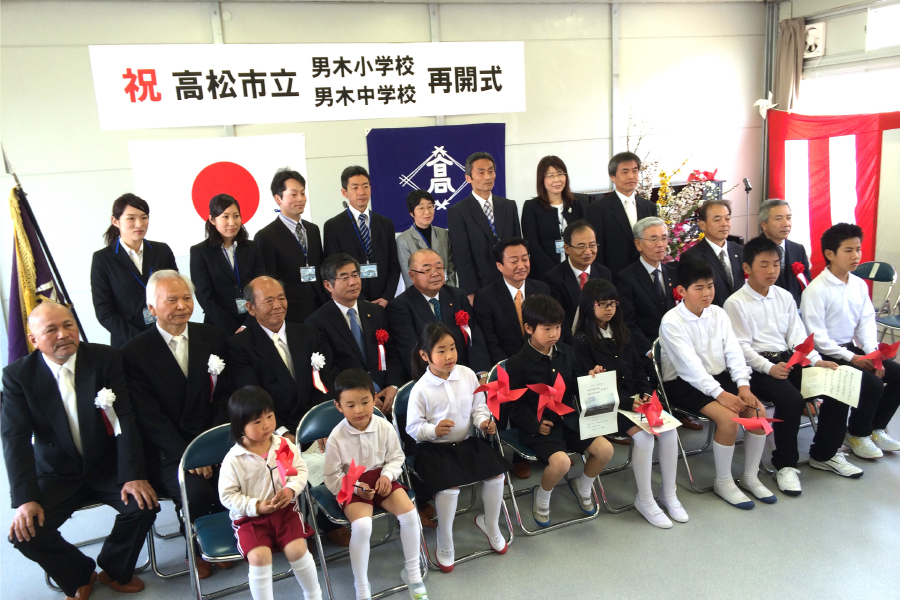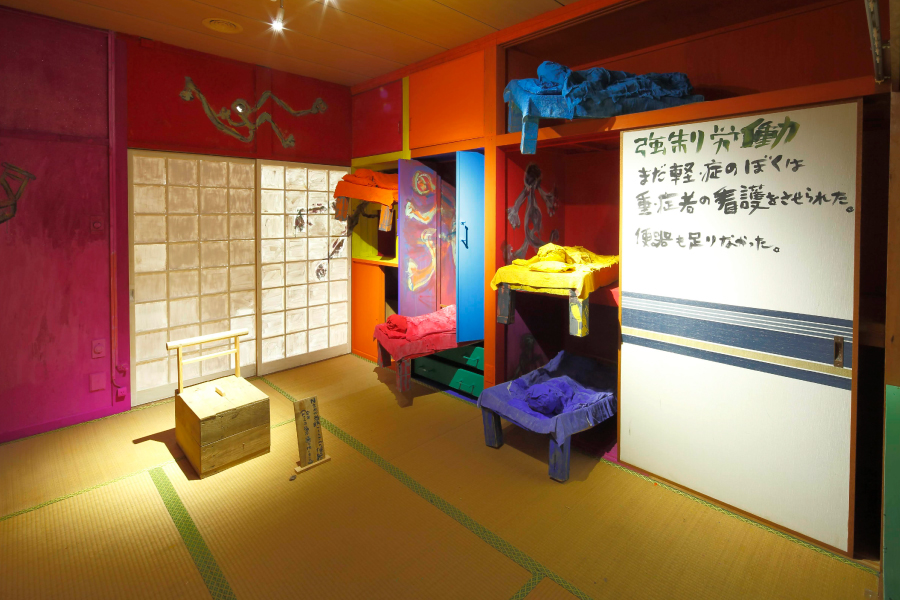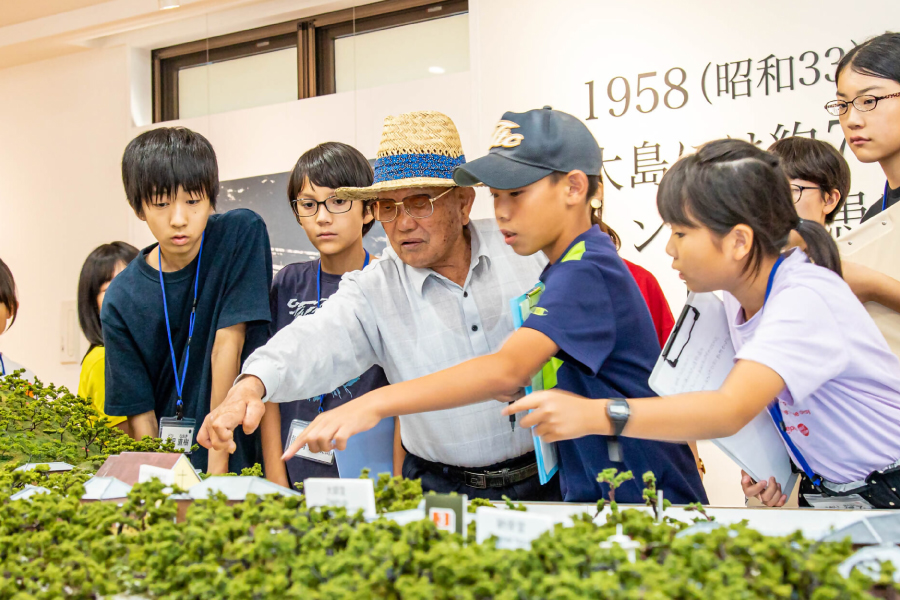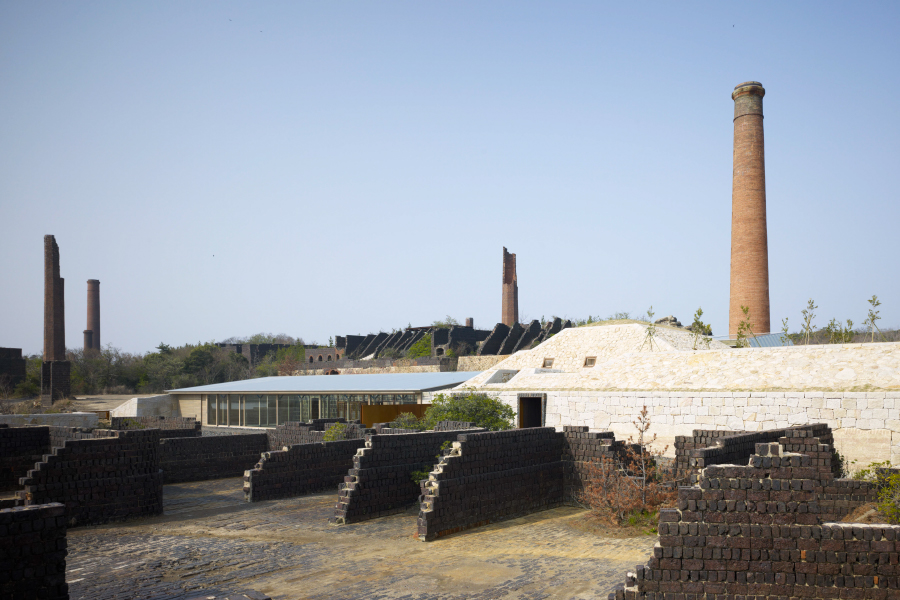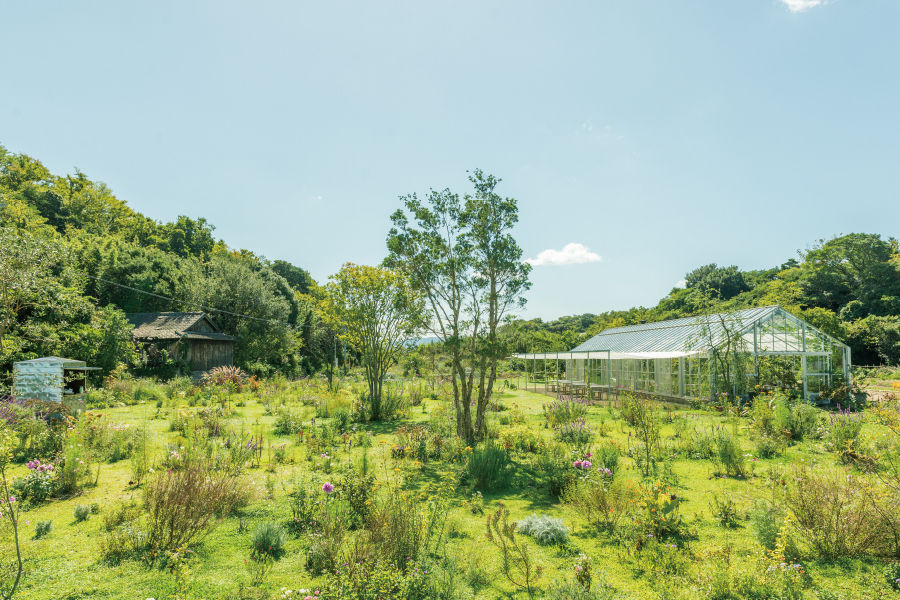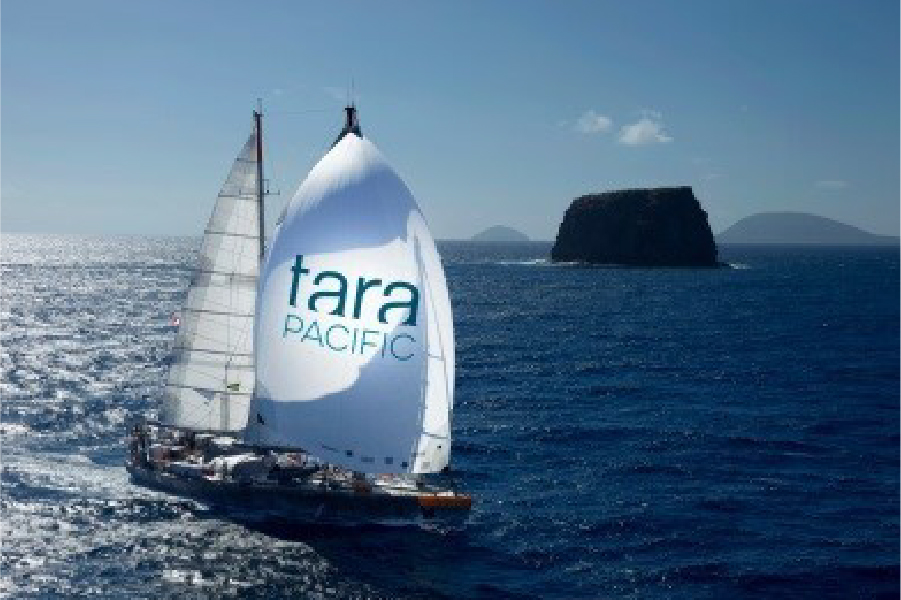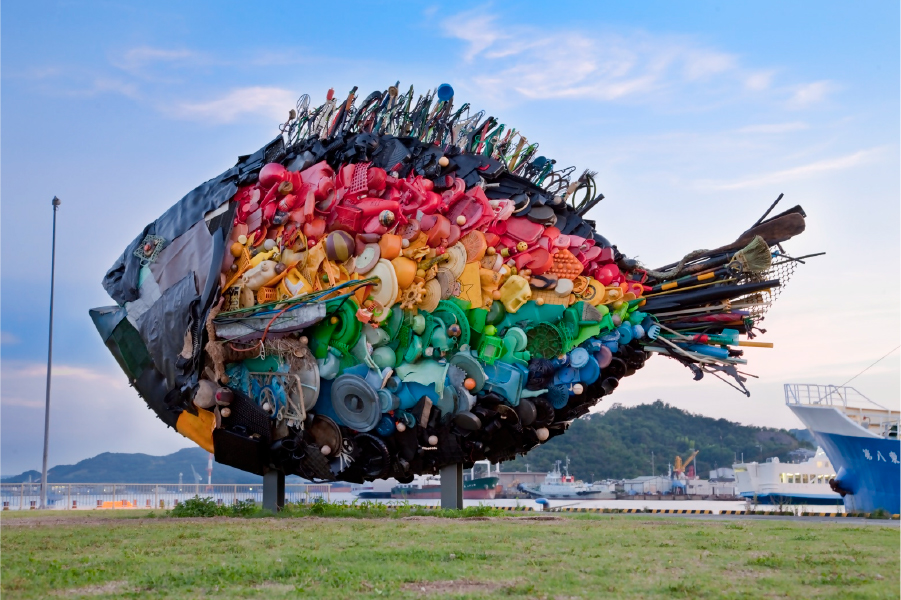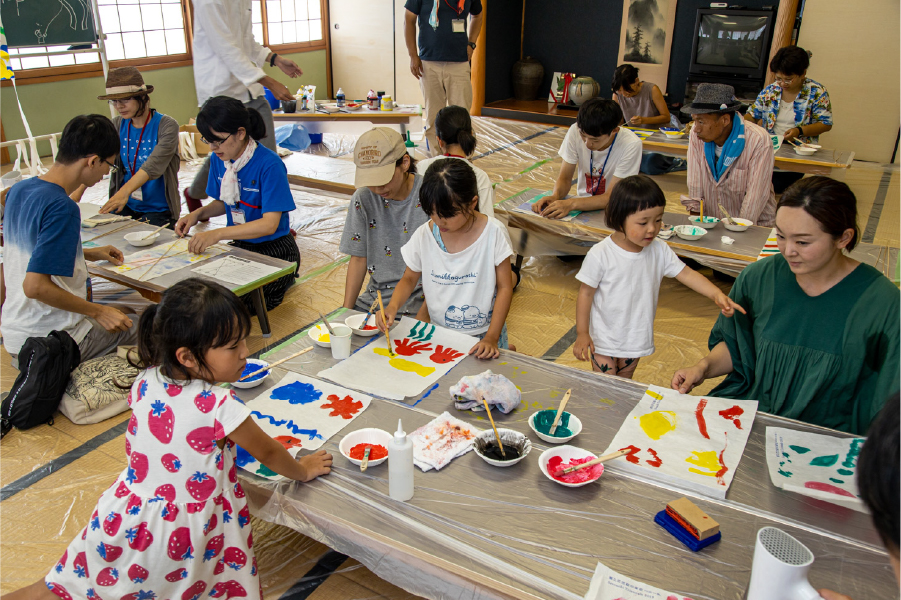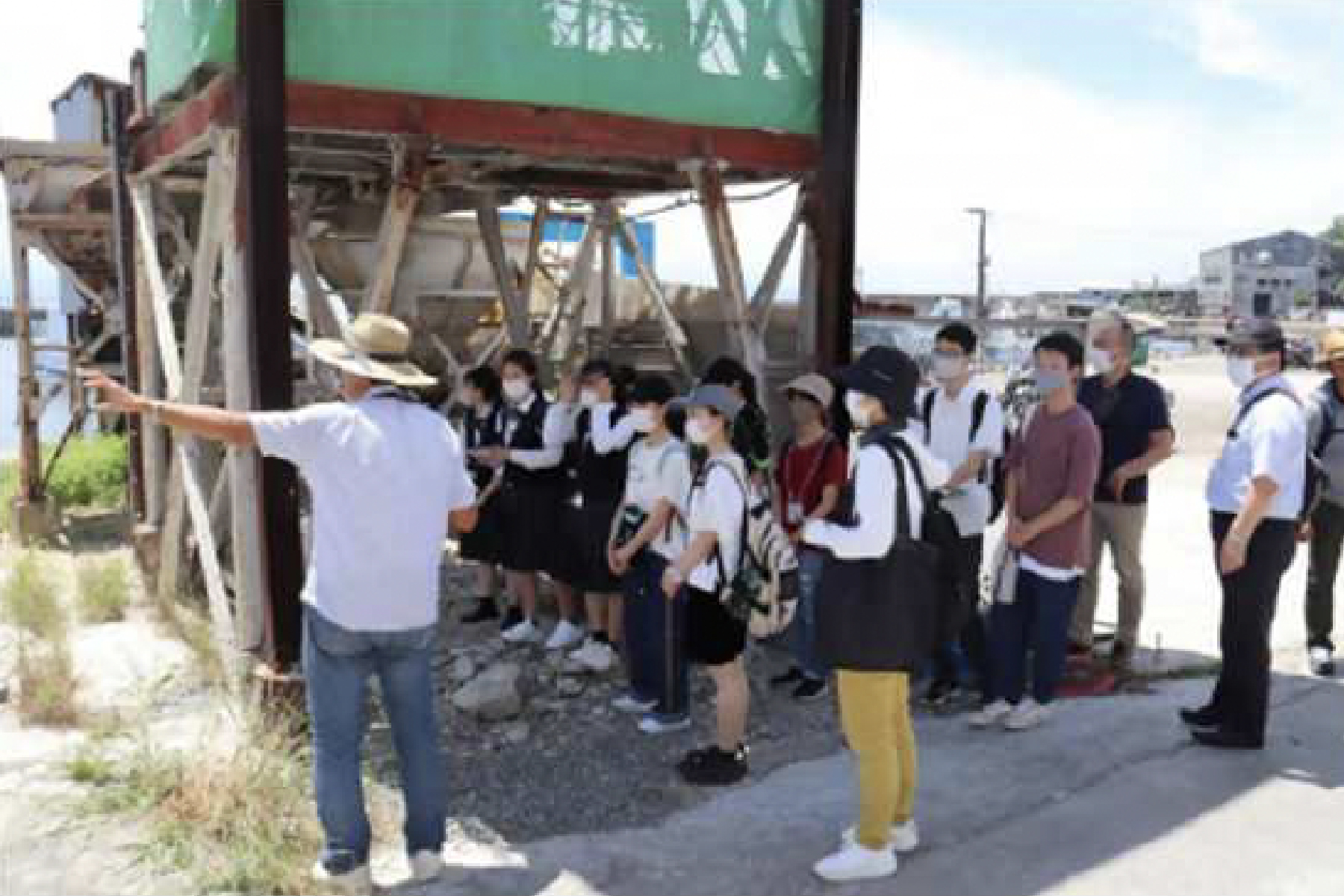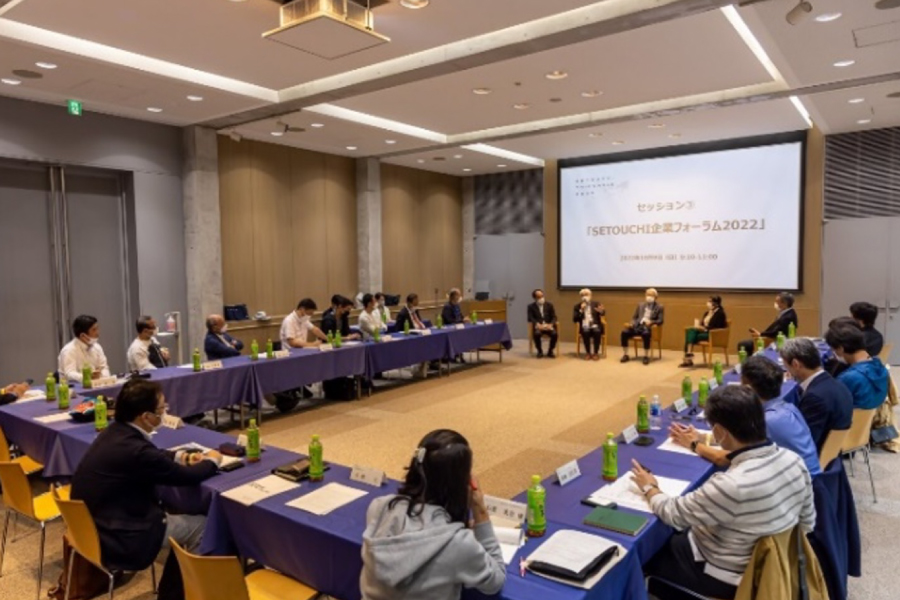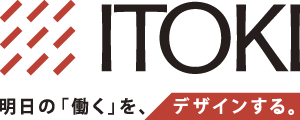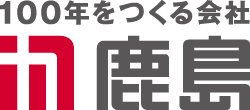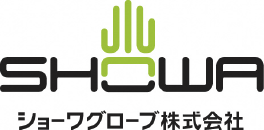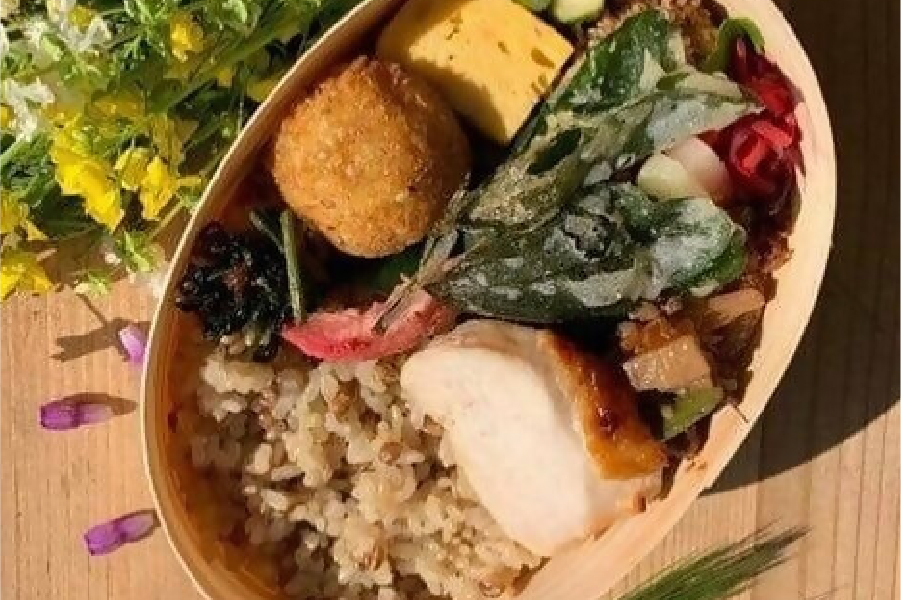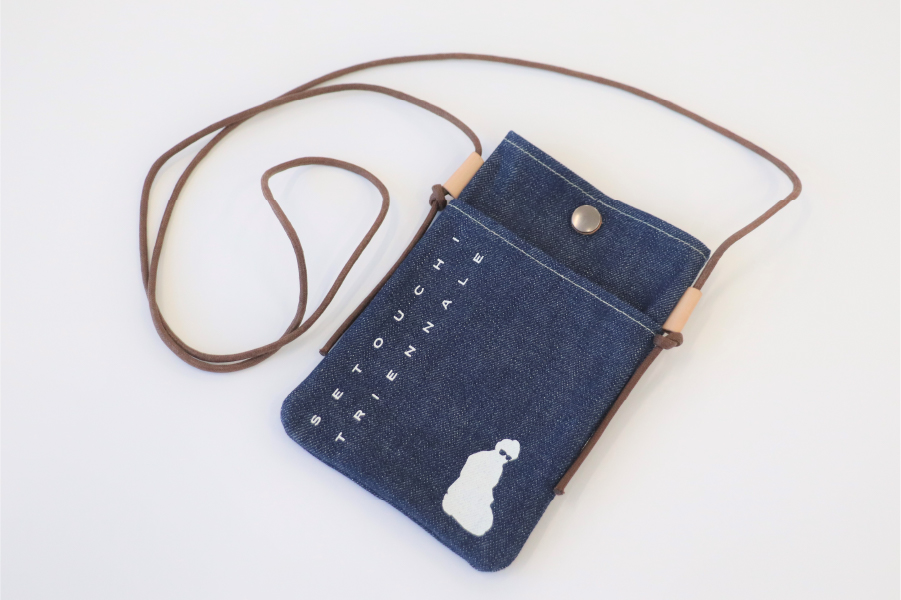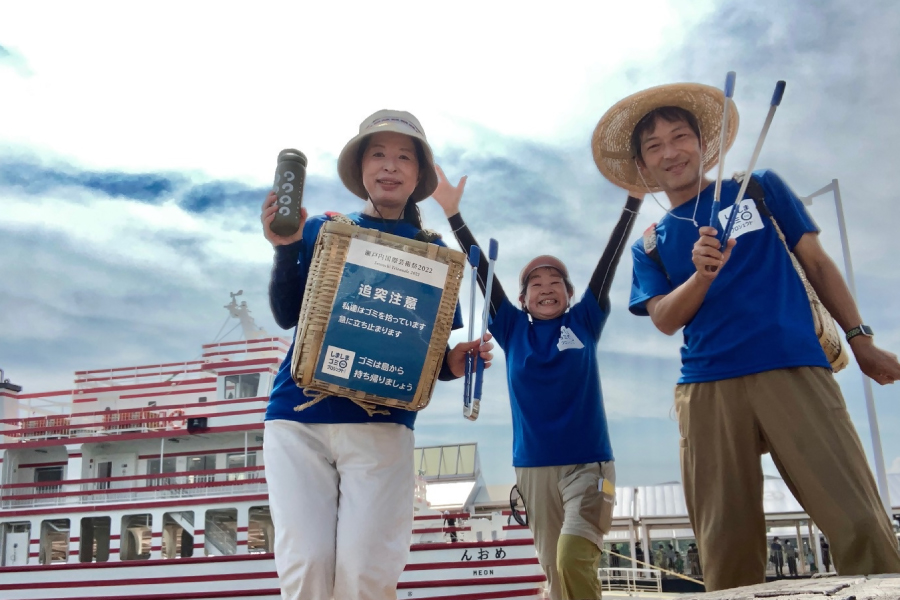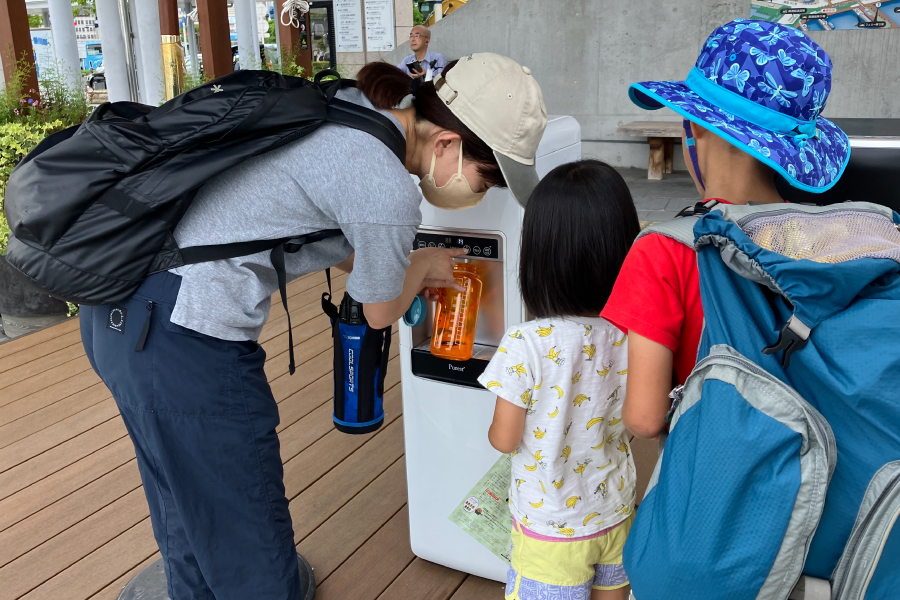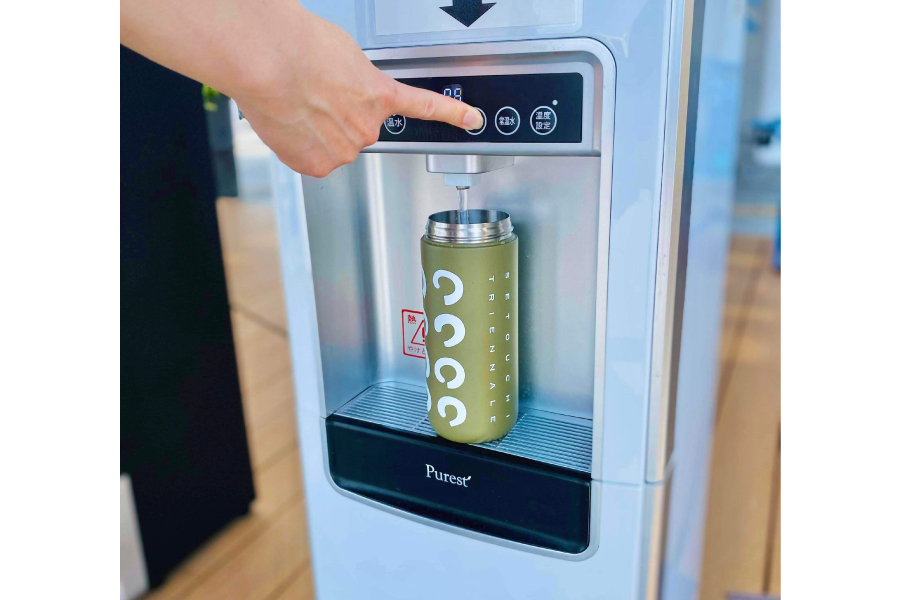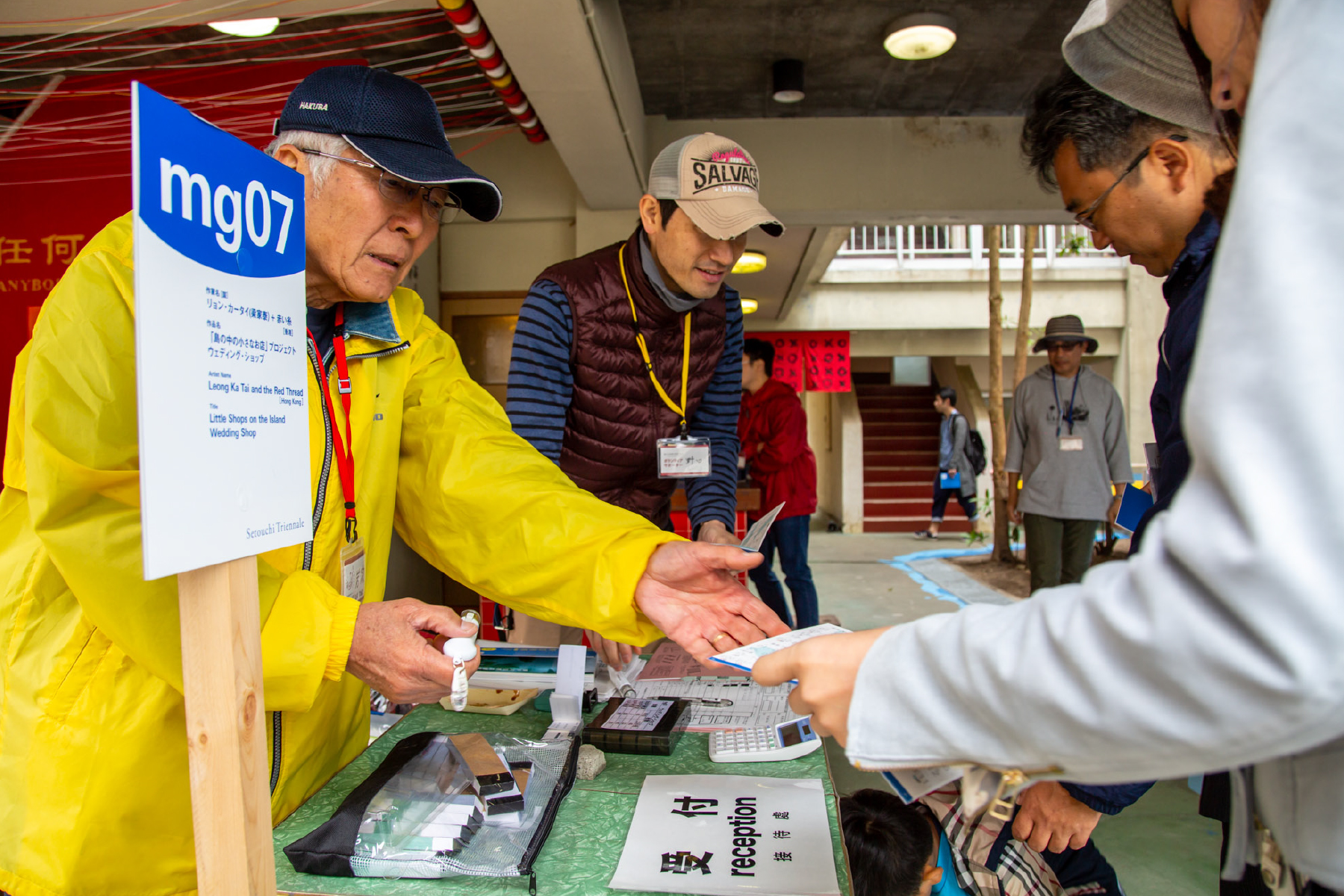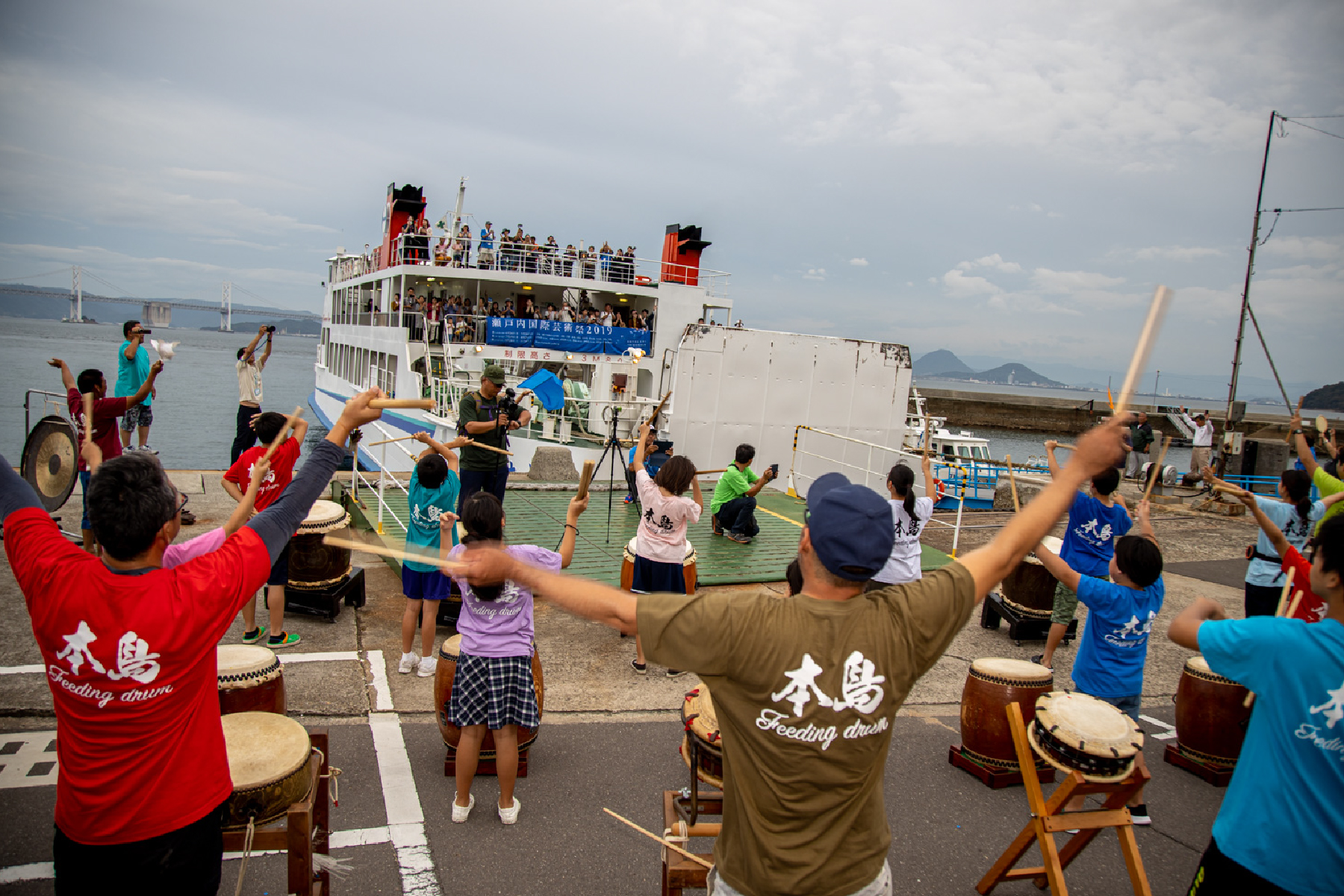The Implementation of SDGs in the Setouchi Triennale
The Setouchi Triennale has been held four times since 2010 and this year marks its fifth edition (Spring: April 14th (Thu.)-May 18th (Wed.), Summer: August 5th (Fri.)-September 4th (Sun.), Fall: September 29th (Thu.)-November 6th (Sun.)).
One of the main initiatives of this year’s Setouchi Triennale is to promote efforts towards the realization of a sustainable
society.
Here, we outline these efforts through the lens of Sustainable Development Goals (SDGs).
The Philosophy of the Setouchi Triennale
The Setouchi Triennale is a grand regional revitalization project under the theme of “Restoration of the Sea”. With the help of contemporary art, the Triennale uses islands that have been forgotten in the midst of modernization as its stage, with the hope that the island’s elderly will smile, and that the Seto Inland Sea can become the “Sea of Hope” for all regions on Earth.

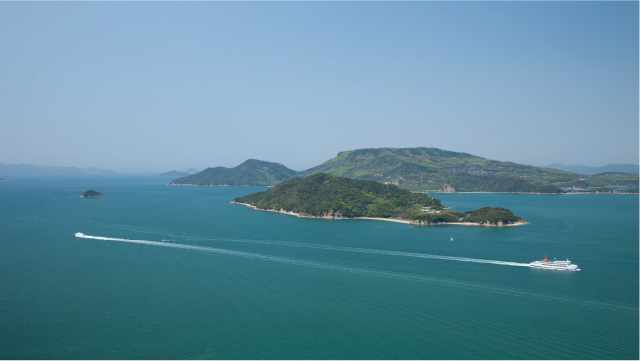
Initiatives on Each Island
-
Rebirth of Teshima Island
Teshima Island has a history of illegal dumping of industrial waste (The Teshima Problem), and has also suffered from harmful rumors about its food. The goal on Teshima Island is to create a new type of local community based on the ideas of “selfsufficiency” and “locally produced, locally consumed”. The Shima Kitchen, created in 2010, serves local fruits, vegetables and fish using cooking methods learned from local mothers, and has become a popular spot that attracts many people.
-
-
Impact of the Setouchi Triennale on Ogijima Island
On Ogijima Island, the Setouchi Triennale has triggered a revitalization of the community, with the reopening of closed elementary and junior high schools and daycare centers as a result of the increase in the number of new residents. Since 2014, more than 60 new people have moved to Ogijima Island, which has a population of approximately 150, and the island is constantly attracting prospective residents.
-
-
Initiatives on Oshima Island
The National Sanatorium Oshimaseishoen is an island-wide sanatorium for people recovering from leprosy. Initiatives are in place to assist residents in their daily lives and support their recuperation, as well as to promote proper understanding of the disease. Art plays a key role in the long-term to realize the aspiration of making Oshima an open island. The “Takamatsu-Oshima” route was made a regular route for the general public during the Setouchi Triennale 2019, and other efforts are underway to convey the reality of Oshima Island and create a place that is open to the public. Such efforts will continue during this year's Triennale.
-
-
Initiatives on Inujima Island
Inujima Seirensho Art Museum, an art project of Benesse Art Site Naoshima, is an art museum that preserves and showcases the remains of a copper smelter, a modern industrial heritage site. With the theme of a recycling-oriented society, the museum utilizes natural energy, the island's topography, and materials originating from the island, such as karami bricks (byproducts of the smelter), chimneys, and Inujima stone and iron, to create a facility that places as little burden on the surrounding environment as possible. At the Inujima Life Garden, a long-abandoned plot of land has been restored as a botanical garden rooted in the climate and culture of Inujima Island, where visitors can experience all that plants can do through a variety of programs, while learning from the islanders how to utilize nature's cycles and the power of plants in their daily lives.
-
-
Initiatives on Awashima Island
At the Setouchi Triennale 2019, the Tara Ocean Foundation (TARA JAPAN), which conducts oceanographic research around the world to study the effects of climate change and environmental destruction on the oceans aboard its scientific research vessel, the Tara (Scientific Research Schooner Tara), presented an exhibition introducing its activities on Awashima Island (Mitoyo City). A similar exhibition is scheduled to be held on Awashima Island at the Setouchi Triennale 2022.
-
Projects of the Setouchi Triennale
-
Utilization of Vacant Houses and Scrap Materials
Over the past four editions of the Setouchi Triennale, vacant houses have been utilized in various ways, such as in the creation of artworks. Not only this, but many of the artworks featured in the Triennale are made from waste materials, garbage, and marine debris. With the help of artists, these vacant houses and discarded materials are given a new life.
-
-
Passing on to the Next Generation
We hold events in which children, who will be responsible for the next generation, play a leading role so that they can experience the Setouchi Triennale, think about their future, and deepen their understanding of and attachment to their hometowns. In addition, as a school collaboration project, we work with the Kagawa Prefectural Board of Education, local high schools and others to develop various extracurricular activities that take advantage of the uniqueness of the islands where the Triennale is held, and the unique characteristics of the Triennale that attract many visitors from abroad.
-
-
Corporate Sponsors
The Setouchi Triennale is supported by many corporate sponsors. Aiming to provide an opportunity for companies to think about how to connect sustainable growth with cultural activities, the SETOUCHI Corporate Forum was held for these sponsors at the Setouchi Triennale 2019. At the Setouchi Triennale 2022, we would like to work with more companies to deepen our knowledge on the theme of “Sustainable Corporate Development".
-
<Introduction of each company's efforts>
We would like to thank the following companies for their support of the Setouchi Triennale 2022.
Below you can find a description of the SDGs initiatives of our partners and sponsors who contributed over 5 million yen to support the Setouchi Triennale 2022
-
Use of Environmentally Friendly Materials
We plan to sell boxed lunches at Takamatsu Port during the Setouchi Triennale 2022, and in doing so, we will minimize the use of plastic products and use environmentally friendly materials. Also, bags made from cloth that is no longer needed in the jeans manufacturing process and holders made from “banana paper” have been developed as official Setouchi Triennale 2022 goods, which will be sold at the official store and official online store located at Takamatsu Port and Miyanoura Port. Other environmentally friendly initiatives include the elimination of plastic shopping bags in favor of paper bags.
-
「Banana Paper」
Banana paper is an ethical paper made from organic banana stem fibers produced in Zambia, Africa, and recycled paper or certified forest pulp. At the Setouchi Triennale, where people should be strongly conscious of the natural environment, the use of fair trade paper sends a message from an international perspective and is a step forward in environmental initiatives.
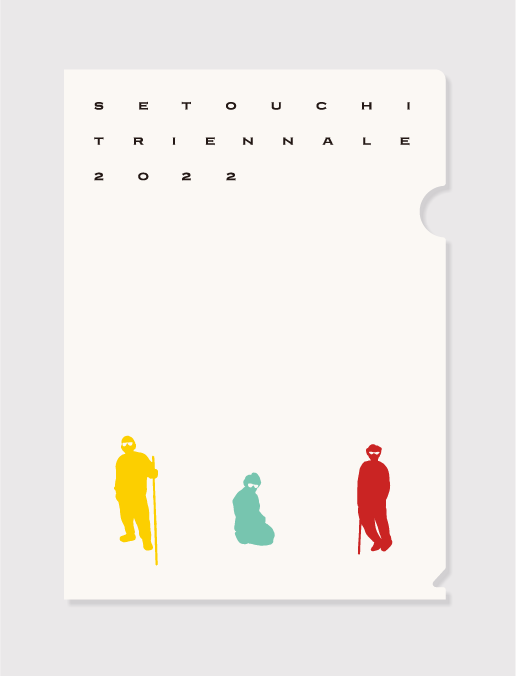
-
Encouraging Garbage Collection and Recycling
Since some of the islands where the Setouchi Triennale will be held cannot dispose of garbage, and with reduction of the burden on the islands in mind, we will promote the idea of visitors taking their garbage home with them, and set up eco stations at Takamatsu Port and other locations to provide places to dispose of garbage brought back from the islands.
“Shimashima Zero Waste Project”
Throughout this edition of the Setouchi Triennale, the “Shimashima Zero Waste Project” was implemented to achieve SDGs (Sustainable Development Goals). The project involved volunteer cleanups and the installation and promotion of free water fountains at Takamatsu Port.
Volunteers departed from Takamatsu Port in the morning and crossed to the islands to pick up garbage around the port and art installations. They then returned to Takamatsu Port in the evening with the collected garbage. Visitors to the Triennale were also encouraged to take their own garbage with them when leaving the islands and participated in a fun awareness campaign about the garbage problems of the islands.
In addition, during the summer season, a water fountain was set up in a corner of Takamatsu Port's "Food Terrace," and visitors were encouraged to bring their own bottles and fill them with water. -
Setouchi Triennale Management Structure
-
Volunteer Supporters of the Setouchi Triennale
The Setouchi Triennale is supported by many people, including the islanders and volunteer supporters such as the Koebi-tai. Many people from various countries, regions, and backgrounds come together to work toward the great theme of “Restoration of the Sea”, to make the Triennale a success, and to enliven the islands that serve as the venue for the Triennale.
-
-
Measures against COVID-19
For the Setouchi Triennale 2022, we will take thorough measures to prevent COVID-19 infection so that everyone, including island residents, visitors, and staff, can participate safely and without concern.
Guideline for COVID-19 Infection Prevention Measures [PDF]. -
-
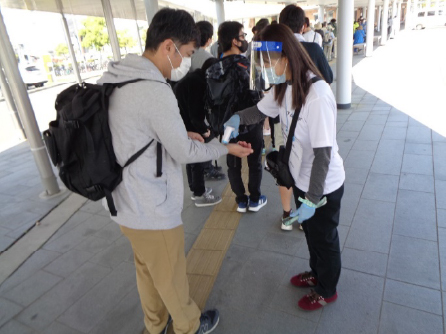
Showa Gloves Co., Ltd.
provided hygienic rubber gloves, which were used by staff members conducting temperature screenings at the port and at the art reception desks.
-
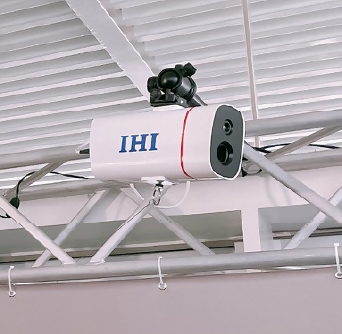
IHI Corporation
This company’s “Fever Check” body temperature screening system was used to conduct temperature checks for visitors at Takamatsu Port, Miyanoura Port, and Uno Port.
-
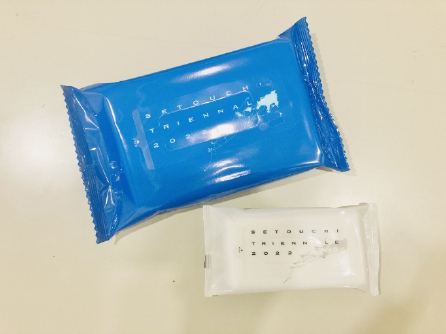
Life-do. Plus Co., Ltd.
provided Setouchi Triennale original labeled disinfectant wet tissues, which were used to fight infections at various information centers, art reception desks, and the Takamatsu Port Food Terrace area.
Donated items from partner companies to strengthen COVID-19 measures
As the Setouchi Triennale 2022 was held during the COVID-19 pandemic, partner companies have provided donations in the form of useful items to fight COVID-19. Here are some examples:
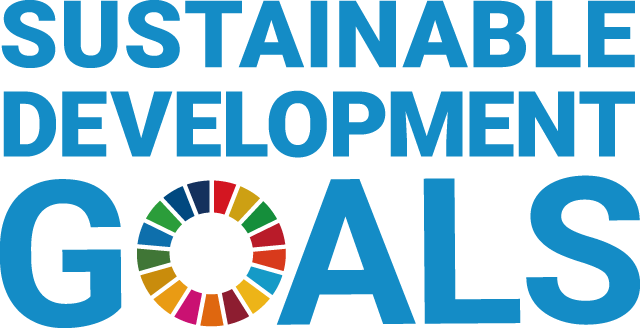
What are Sustainable Development Goals (SDGs)?
Sustainable Development Goals (SDGs) are international goals for a sustainable and better world by 2030, as stated in the "2030 Agenda for Sustainable Development" unanimously adopted by the member states at the UN Summit in September 2015. It consists of 17 goals and 169 targets, and pledges to "leave no one behind" on the earth.
